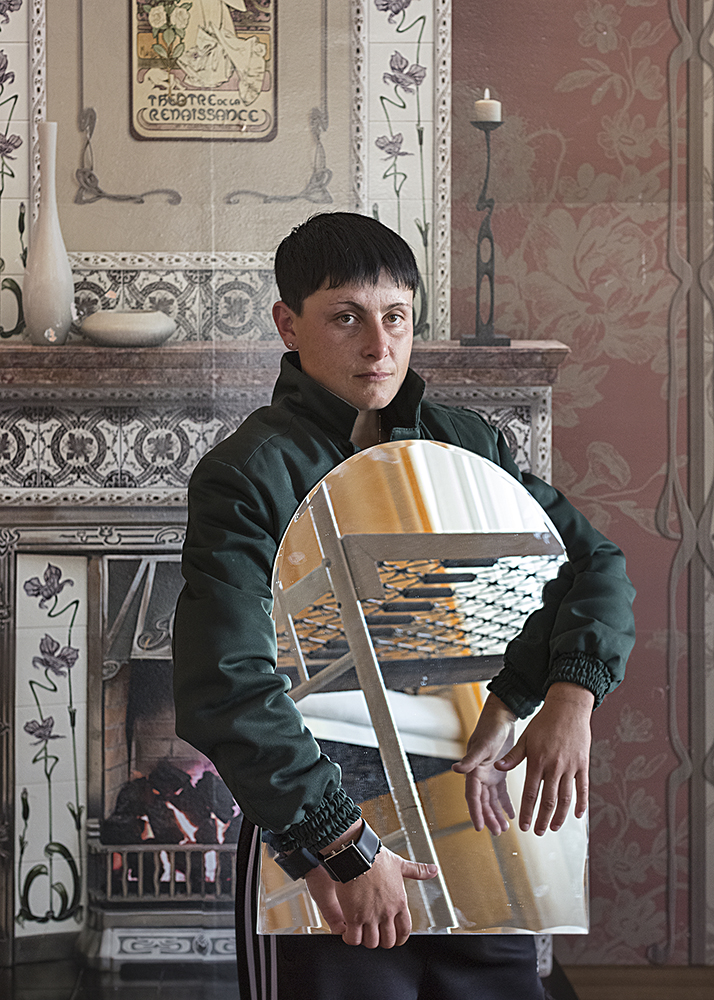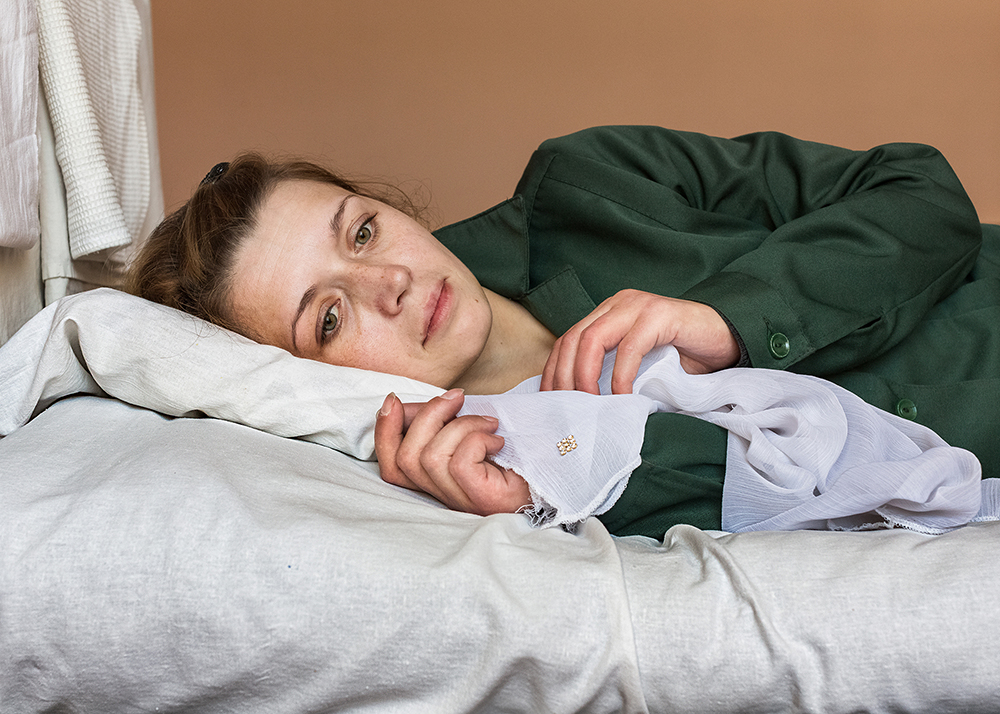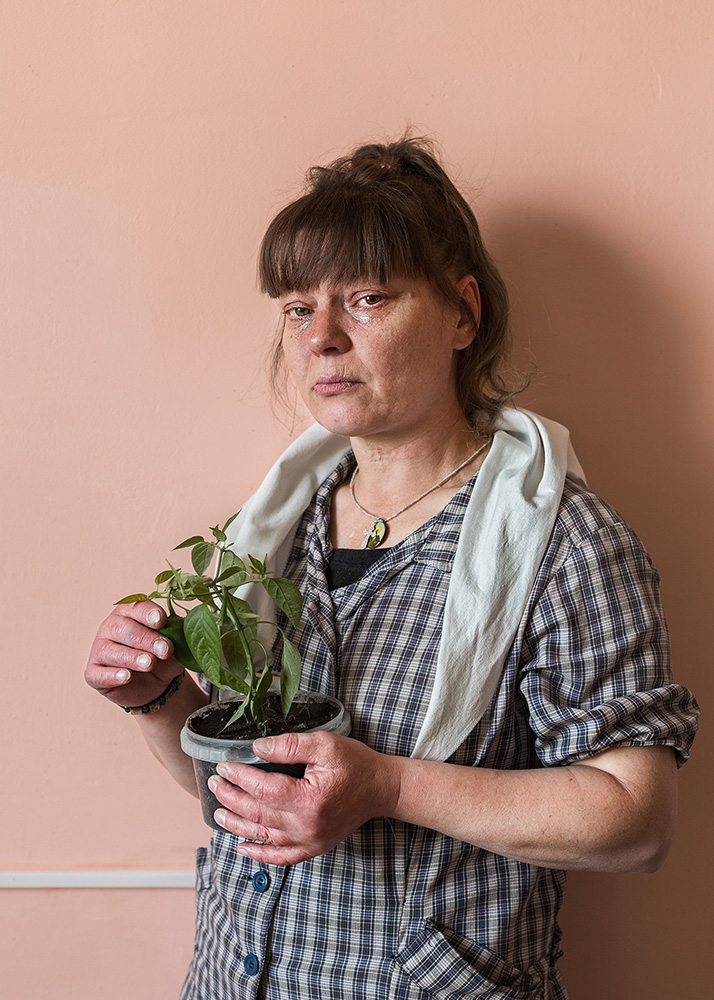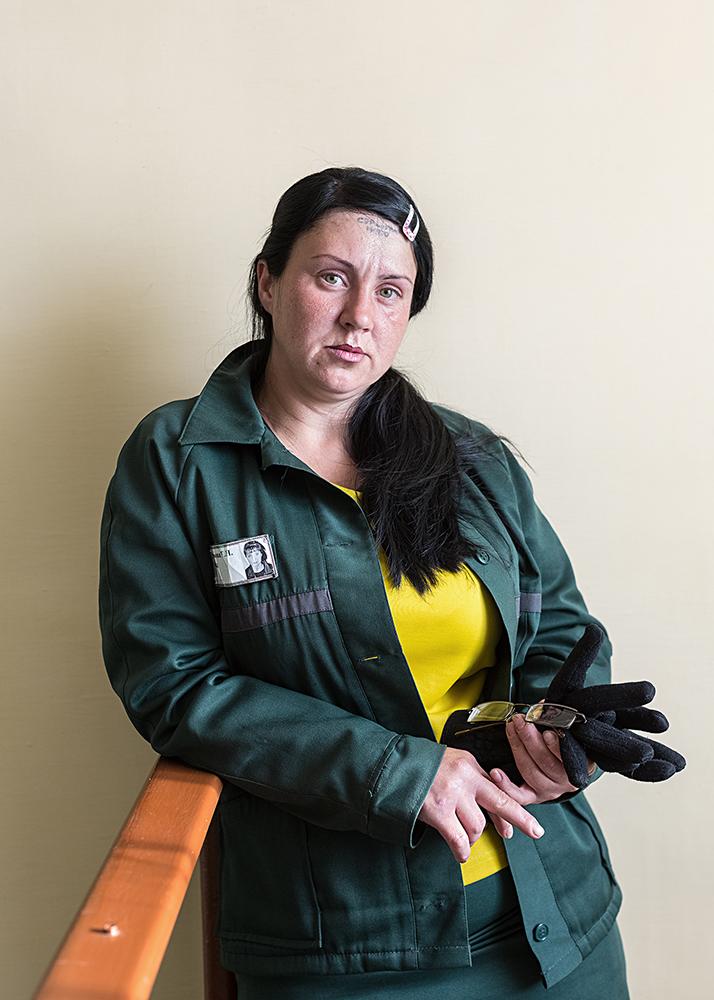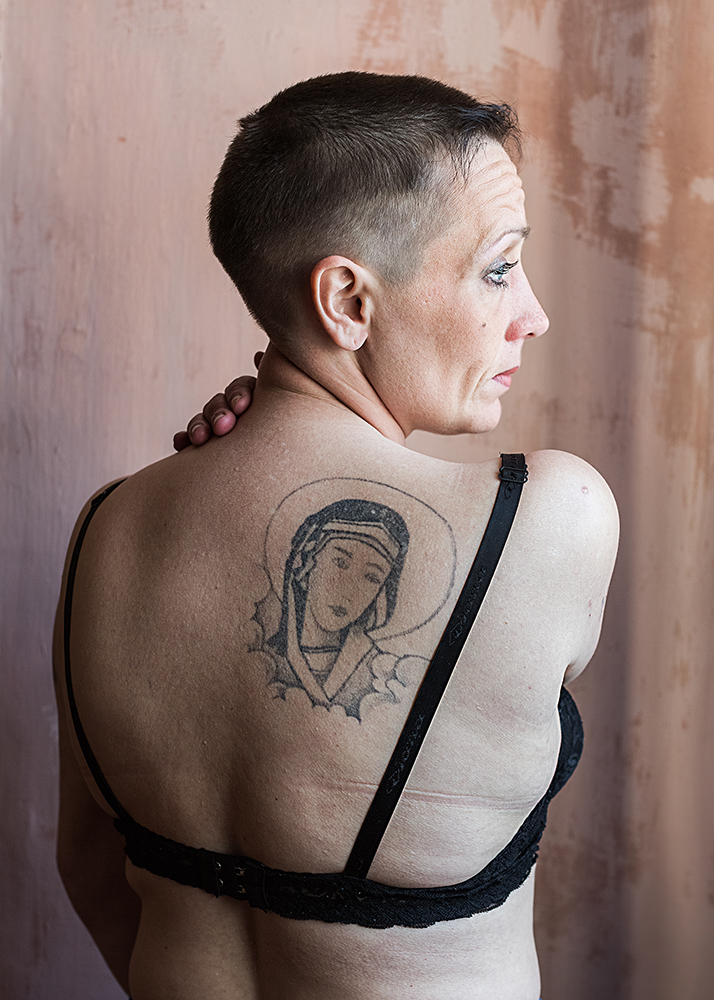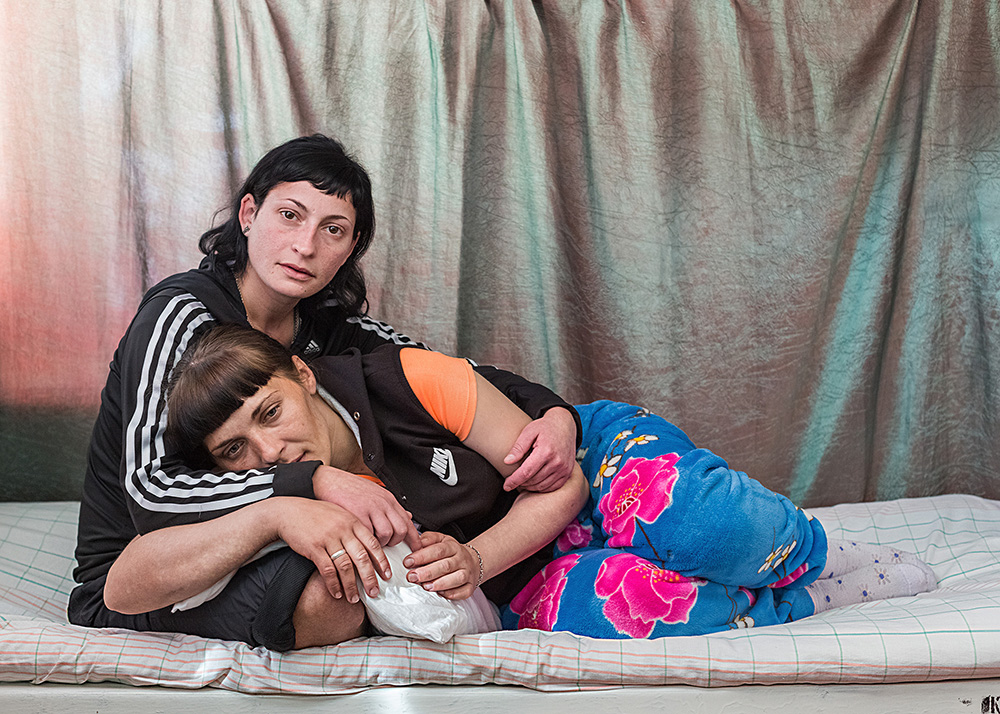Section
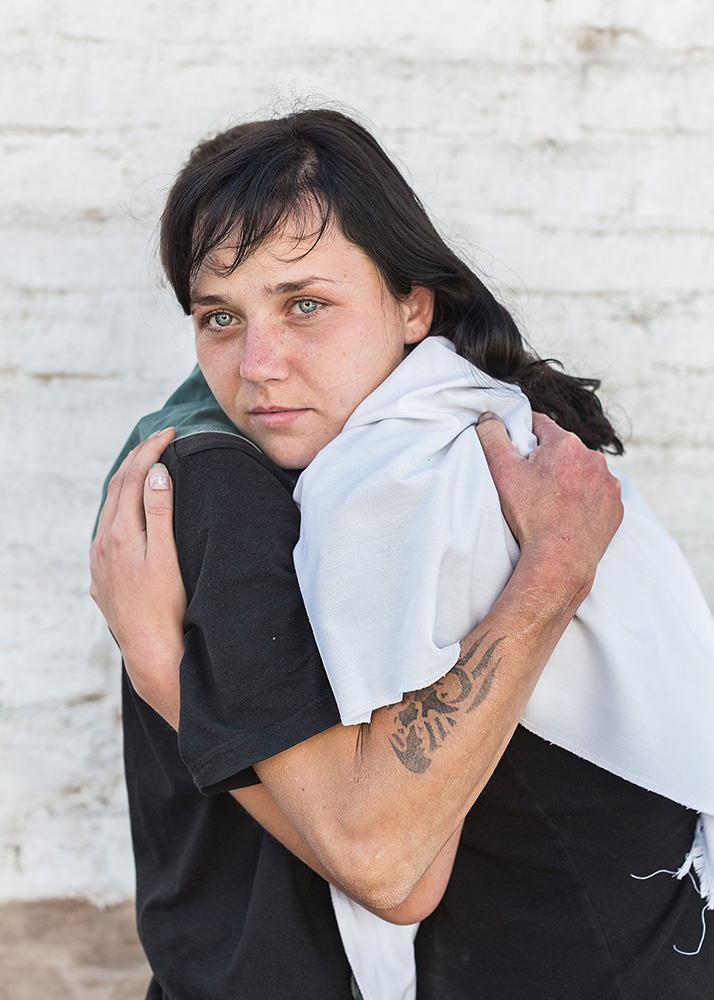
-
PhotographerElena Anosova
The project about women's prisons is a part of a trilogy that is centered around lives of women in closed institutions. The impulse of research of such communities arose in a reflection of author’s teenage period spent at the closed rehabilitation boarding school. Author would like to take a closer look at the dynamic interplay of processes of isolation and surveillance, at unique qualities of emotional and social relationships within restrictions of artificially insulated women's societies. Author spent few months (2014), working in several prisons for women in the Siberia. In a paradoxical way, in Russia, almost exultant romanticization of the prison with all rogue romanticism coexists hand in hand with squeamish rejection of daily prison routines and living habits of inmates. While working on the project, author realized that, to a large extend, prison community is a model of our “societyâ€; perhaps, a bit more brazen and visceral. It is quite possible that the recognition of a prison as the periphery of the social, as the border of civilization, lies at the very base of this heady mixture of romantic enchantment, revulsion and opaque, viscous fear. Nobody is protected from the caring attention of a flaming eye and its penetrating laser beams. On a macro-social level this control is being realized through a dense network of administrative decrees and regulations; on a micro-social ground floor it is imposed via mesh of unsaid rules and unwritten sub-tribal protocols. In any case there is a wide variety of punitive measures and instruments capable of inflicting punishment of varying degrees of cruelty. In the enclosed space of prison a woman is always in the position of being watched, observed. She is deprived of any - even fictitious or imaginary - possibility to be alone. Many years of complete nudity and the loss of intimate space cripple a personality that is placed in a society as merciless as it sees fit to crimes committed. In the project author did not concentrate on the details of the convicted women's everyday life. It was more important to try to catch their inward, self-isolating gaze, their faces and gestures deformed by constant watchful presence of prison authorities and cellmates; to find bits and splinters of the private and the intimate, brought forcibly out for the communal view and judgment.
